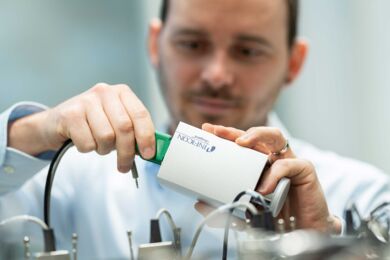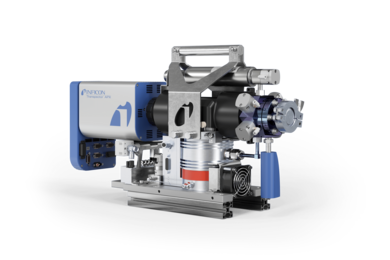
Applications
02 Dec 2025
Five Key Applications for Residual Gas Analyzers
RGAs play a vital role in semiconductor vacuum applications by supporting precision, reliability, and contamination.

Applications
28 Nov 2025
Reducing Scrap in Brazing Furnaces with INFICON Augent® OPG550
Leak Detection in Brazing Furnaces: A new approach to avoid scrap and save money.

Applications
16 Oct 2025
Real-Time Residual Gas Analysis for Enhanced Etch Process Control
Gain insight to improve etch precision, selectivity, and process stability at atomic-scale dimensions.

Applications
15 Oct 2025
The Future of Semiconductor Manufacturing
The next generation of manufacturing will be defined by autonomy and real-time optimization.

Applications
13 Oct 2025
Advanced Packaging: The Engine Fueling the Next Node Leap
Advanced packaging is redefining semiconductor innovation.

Applications
19 Aug 2025
Edge AI: A Semiconductor Process Control Revolution
Smarter, Faster, and More Precise Process Control

Applications
11 Jul 2025
Digital Twins: Shaping the Future of Semiconductor Manufacturing
How Digital Twins Are Shaping the Future of Semiconductor Manufacturing.

Applications
01 Jul 2025
Optimize Selective Etch Processes with Residual Gas Analysis
Advanced packaging not only keeps chips smaller and more efficient but allows for more powerful, versatile systems.
Applications
Semiconductor IDM & Foundry
Reset